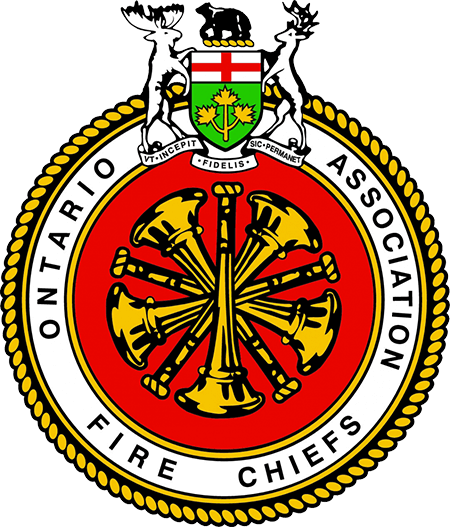The City of Ottawa maintains more than 23,000 fire hydrants — but there aren’t always hydrants where the fires burn.
Most of the city’s rural areas lack fire hydrants, but Ottawa Fire Services (OFS) engages in a completely different response system for emergencies in these areas.
At the end of Ottawa’s driest summer since 2012, here’s everything you need to know about how OFS responds to fires in areas without hydrants.
Why and where do some Ottawa areas lack fire hydrants?
According to a map of fire hydrants on the City of Ottawa’s website, rural areas like Dunrobin, Navan, Metcalfe and Cumberland don’t have any fire hydrants, unlike the urban and suburban areas of the city.
The number of fire hydrants in a given area and hydrant capacity are determined by “several factors,” according to Hiran Sandanayake, the city’s manager of water resource planning and engineering.
These factors include spacing, strategic placement to “ensure adequate fire flow delivery,” watermain size and flow capacity.
The city did not respond to specific questions about where we see the least or most amount of fire hydrants and why, nor did they respond to questions about how many Ottawa properties are without a nearby fire hydrant.
How often do we see fires in areas without fire hydrants?
Calls for fires in areas without fire hydrants happen “often enough,” says Nicholas DeFazio, public information officer with OFS.
This year, multiple low water advisories were issued by different conservation authorities, and multiple people reported that their private wells had dried up.
The combination of dryness and people who still light fires amid burn bans, DeFazio said, contributes to “bushfires that get out of control.” Still, most fires happen in urban areas.
“It’s just based on population … wherever there’s more people, there’s more fires.”
How does OFS respond to fires in areas without hydrants?
OFS is made up of full-time and volunteer firefighters — both groups of which are fully trained and equipped to put out fires, according to DeFazio. The volunteers stationed on the city’s outskirts respond to fires in rural Ottawa areas.
These volunteers rely on “strategically placed” tanker trucks that continuously bring water to the scene as needed.
“These tanker trucks will bring the water to the scene and head over to where the water supply is, fill back up, go back to the scene and keep going like that,” DeFazio said. “Think of it like a shuttle bus that takes people to and from a wedding.”
Although the tanker trucks are “always ready to go” and full of water, the process is “more complex than just hooking to a hydrant,” DeFazio added.
“It doesn’t take longer, it’s just a different process.”
Is the city working to build more fire hydrants?
The city did not respond to requests for comment about how many fire hydrants they have recently installed, nor did they respond directly to questions about if they plan to install more.
If an area’s water system capacity is limited, according to Sandanayake, the number of hydrants that can be used effectively is restrained.
“In cases where fire flow demand exceeds system capacity, developers may be asked to reduce their demand through onsite measures, such as installing sprinklers or fire walls,” Sandanayake wrote. “Conversely, if the system has sufficient capacity but lacks hydrants, additional ones may be installed to meet fire flow needs.”
Hydrants are added or adjusted based on specific needs when hydrant spacing is reviewed during watermain renewal projects, Sandanayake wrote.
“Hydrants are added or adjusted based on specific needs, such as new developments or changes in land use, and only where the existing system can support the required water flow.”
